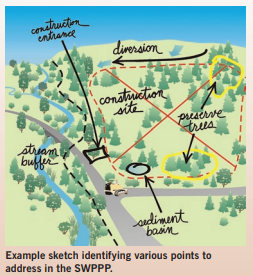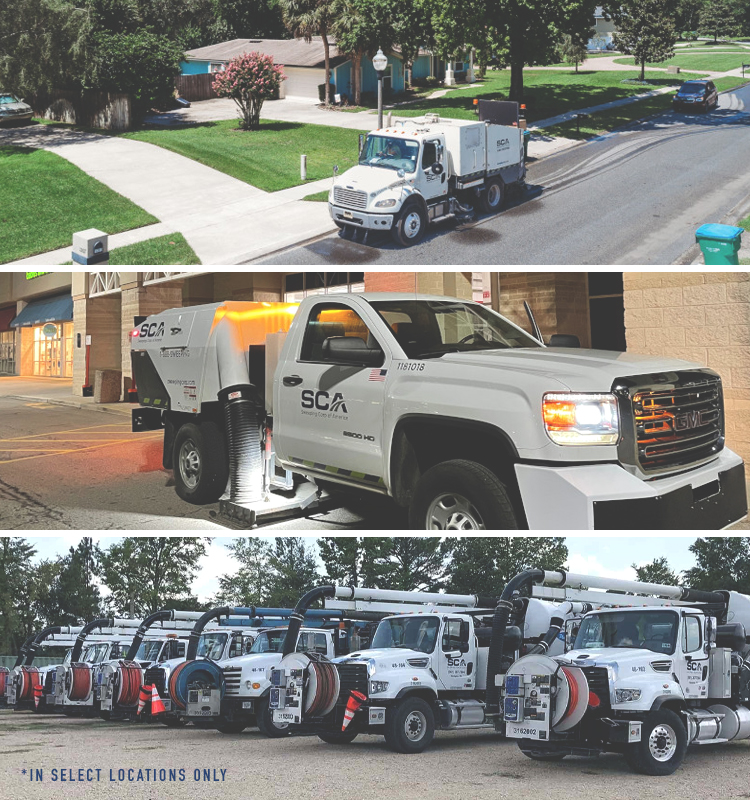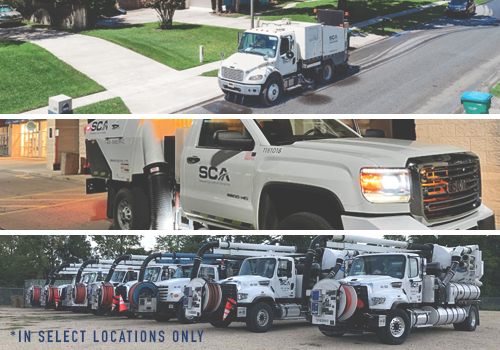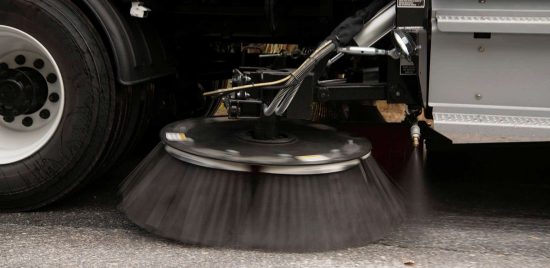Problems with Stormwater Pollution
Stormwater runoff is generated from rain and snowmelt events that flow over land or impervious surfaces, such as paved streets, parking lots, and building rooftops, and does not soak into the ground. The runoff picks up pollutants like trash, chemicals, oils, and dirt/sediment that can harm our rivers, streams, lakes, and coastal waters. To protect these resources, communities, construction companies, industries, and others, use stormwater controls, known as best management practices (BMPs). These BMPs filter out pollutants and/or prevent pollution by controlling it at its source.
The NPDES stormwater program regulates some stormwater discharges from three potential sources: municipal separate storm sewer systems (MS4s), construction activities, and industrial activities. Operators of these sources might be required to obtain an NPDES permit before they can discharge stormwater. This permitting mechanism is designed to prevent stormwater runoff from washing harmful pollutants into local surface waters.
Population growth and the development of urban/urbanized areas are major contributors to the amount of pollutants in the runoff as well as the volume and rate of runoff from impervious surfaces. Together, they can cause changes in hydrology and water quality that result in habitat modification and loss, increased flooding, decreased aquatic biological diversity, and increased sedimentation and erosion. The benefits of effective stormwater runoff management can include:
- protection of wetlands and aquatic ecosystems,
- improved quality of receiving waterbodies,
- conservation of water resources,
- protection of public health, and
- flood control.
Traditional stormwater management approaches that rely on peak flow storage have generally not targeted pollutant reduction and can exacerbate problems associated with changes in hydrology and hydraulics.
If you need assistance with maintaining compliance with the EPA’s NPDES regulations, please contact us today.
Content Source: https://www.epa.gov/npdes/npdes-stormwater-program
MS-4 Compliance
Polluted stormwater runoff is commonly transported through municipal separate storm sewer systems (MS4s), and then often discharged, untreated, into local water bodies.
An MS4 is a conveyance or system of conveyances that is:
- owned by a state, city, town, village, or other public entity that discharges to waters of the U.S.,
- designed or used to collect or convey stormwater (e.g., stormdrains, pipes, ditches),
- not a combined sewer, and
- not part of a sewage treatment plant, or publicly owned treatment works (POTW).
To prevent harmful pollutants from being washed or dumped into MS4s, certain operators are required to obtain NPDES permits and develop stormwater management programs (SWMPs). The SWMP describes the stormwater control practices that will be implemented consistent with permit requirements to minimize the discharge of pollutants from the sewer system.
Content Source: https://www.epa.gov/npdes/stormwater-discharges-municipal-sources
Compliance cost from prevention is much less expensive than avoidance.

A SWPPP may be called many things. Your state may use terms like:
- Construction Best Practices Plan
- Sediment and Storm water Plan
- Erosions, Sediment, and Pollution Prevention Plan
- Construction Site Best Management Practices Plan
- Erosion Control plan and Best Management Practices
- Best Management Practices Plan
- Erosion and Sediment Control Plan
Regardless of the title uses in your state, these documents – and the storm water permits that require them – tend to have many common elements. This guide is intended to help you develop a better SWPPP for a construction site.
If you need assistance with maintaining compliance with the EPA’s NPDES regulations, please contact us today.




